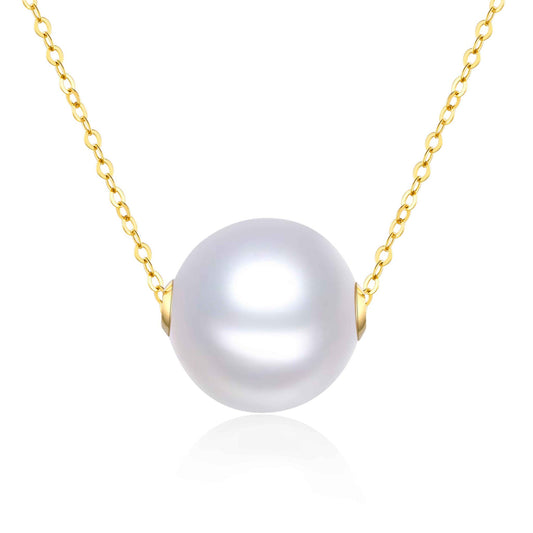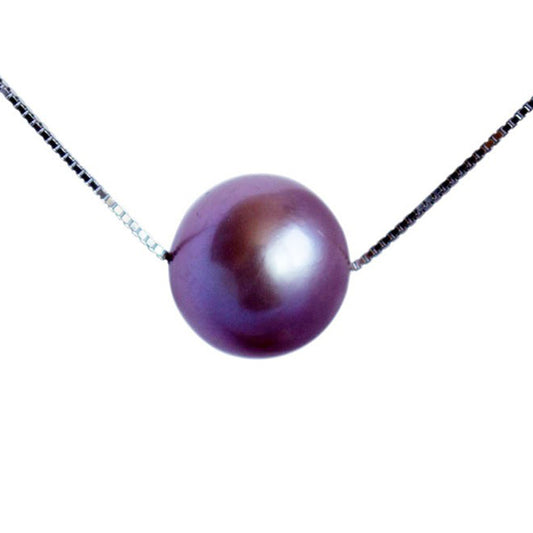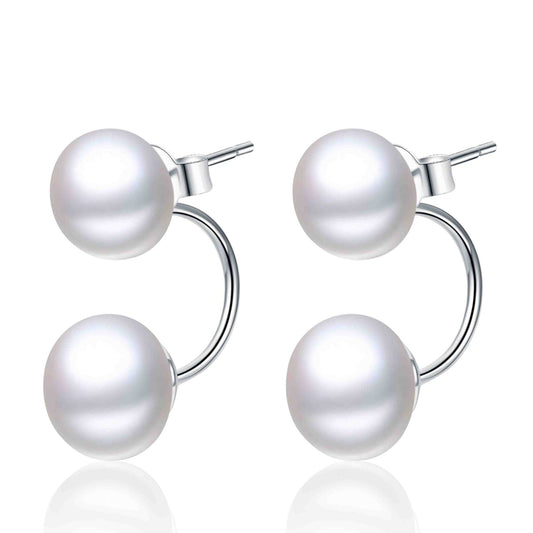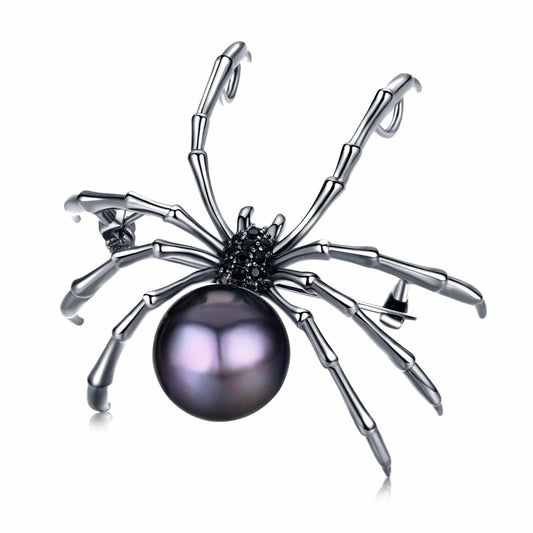Pearls were once exclusively worn by royal families around the world – they were both extremely rare and insanely expensive.
Before the development of pearl culturing, all pears were collected from the wild. Only the supremely rich and powerful could imagine owning these exquisite gems.

Queen Elizabeth I, Armada portrait | Photograph: Formerly attributed to George Gower / Public domain

Maria Alexandrovna, Empress of Russia, by Emile Desmaisons, after Franz Xaver Winterhalter

Empress Dowager Cixi, by Katherine A. Carl, 1903 (Smithsonian Institution)
The Sea Girls: Ama Divers
In the East, the Ama, or “sea girls” took on the job of salvaging pearls from the ocean – risking their lives in the process.

Photo: Yoshiyuki Iwase
Half-naked, wearing only a loincloth and bandanna to cover their hair, these talented divers fought the dangerous ocean until well into their old age. Many ama were still diving by the age of 80.
Not only that, they were free-divers – meaning they would dive without scuba gear and air tanks.

Photo: Yoshiyuki Iwase
In the 20th century, the sea girls started wearing sheer, all-white uniforms to be more presentable.
In later years, some divers adopted wearing wetsuits and masks. However, they never accepted the use of scuba tanks.
The Trade Secrets of the Sea Girls
The ama descended into the deep seas of Japan for over 2,000. Their toolkit was simple: A rope, sharp knife, and a basket. They would tie a rope around their waist, dive down into the ocean, and after they pried the mollusk off the rocks with their knife, they’d swim back up following the rope.

Photo:Eishin Osaki

Photo: Fosco Maraini
Sometimes, the rope would get entangled in the seaweed or get caught on the sharp edges of the rocks. Then there were the strong sea streams, and of course, dangerous fishlife, like sharks.

Photo: Fosco Maraini
Even in the heart of winter, they would not stop fishing for pearls. Many ama fell sick, even froze to death, or drowned.

Photo: Fosco Maraini
Today, most pearls are cultivated and bred in pearl farms, and there is no longer a need for the ama. Now, they’re mostly stunt-women showing tourists how the ama lived and dived.

People no longer have to risk their lives to harvest pearls. Pearls have also become extremely affordable – it’s not only accessible to royal families, but ordinary women globally can enjoy these exquisite, natural gems.




